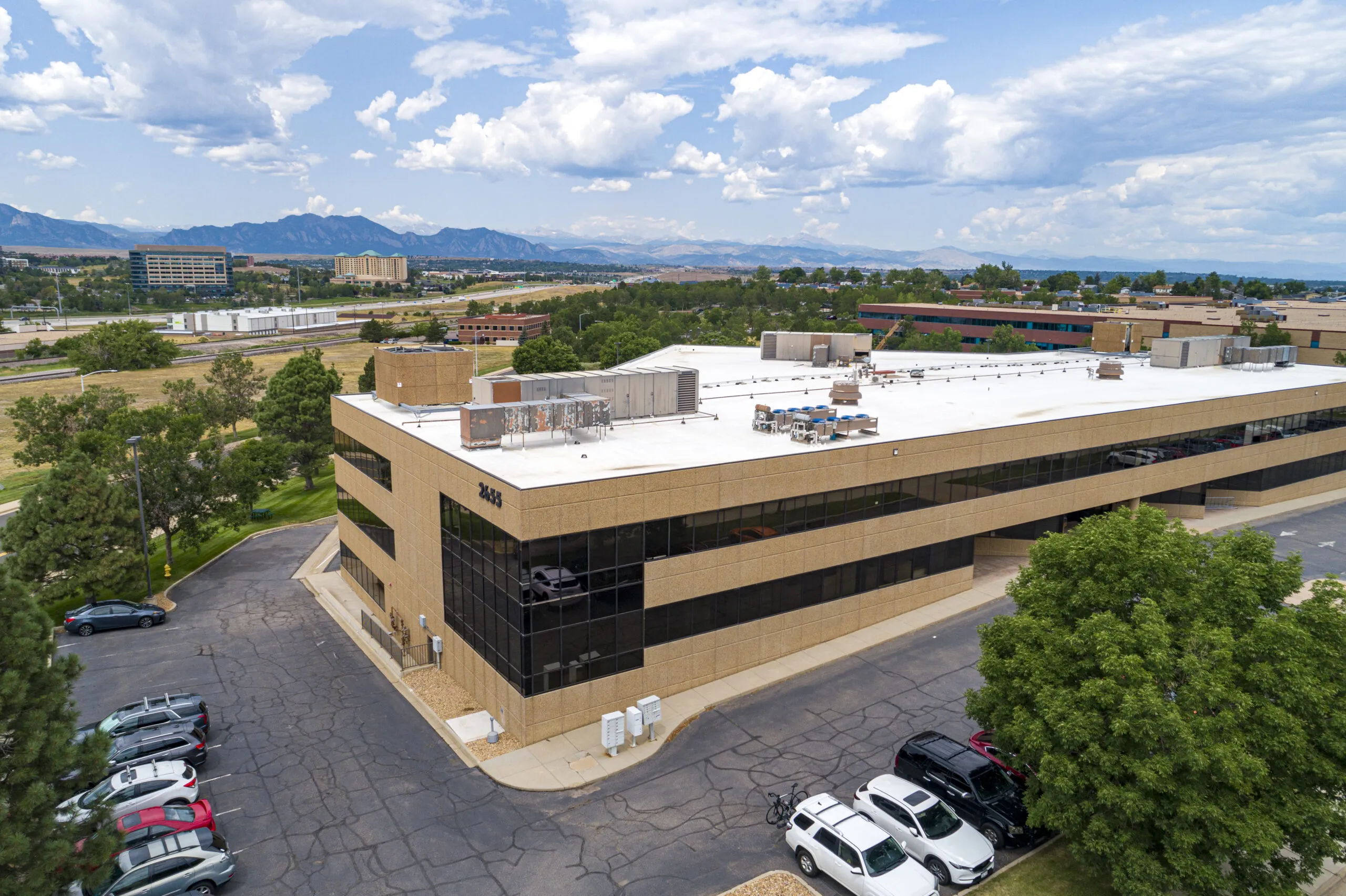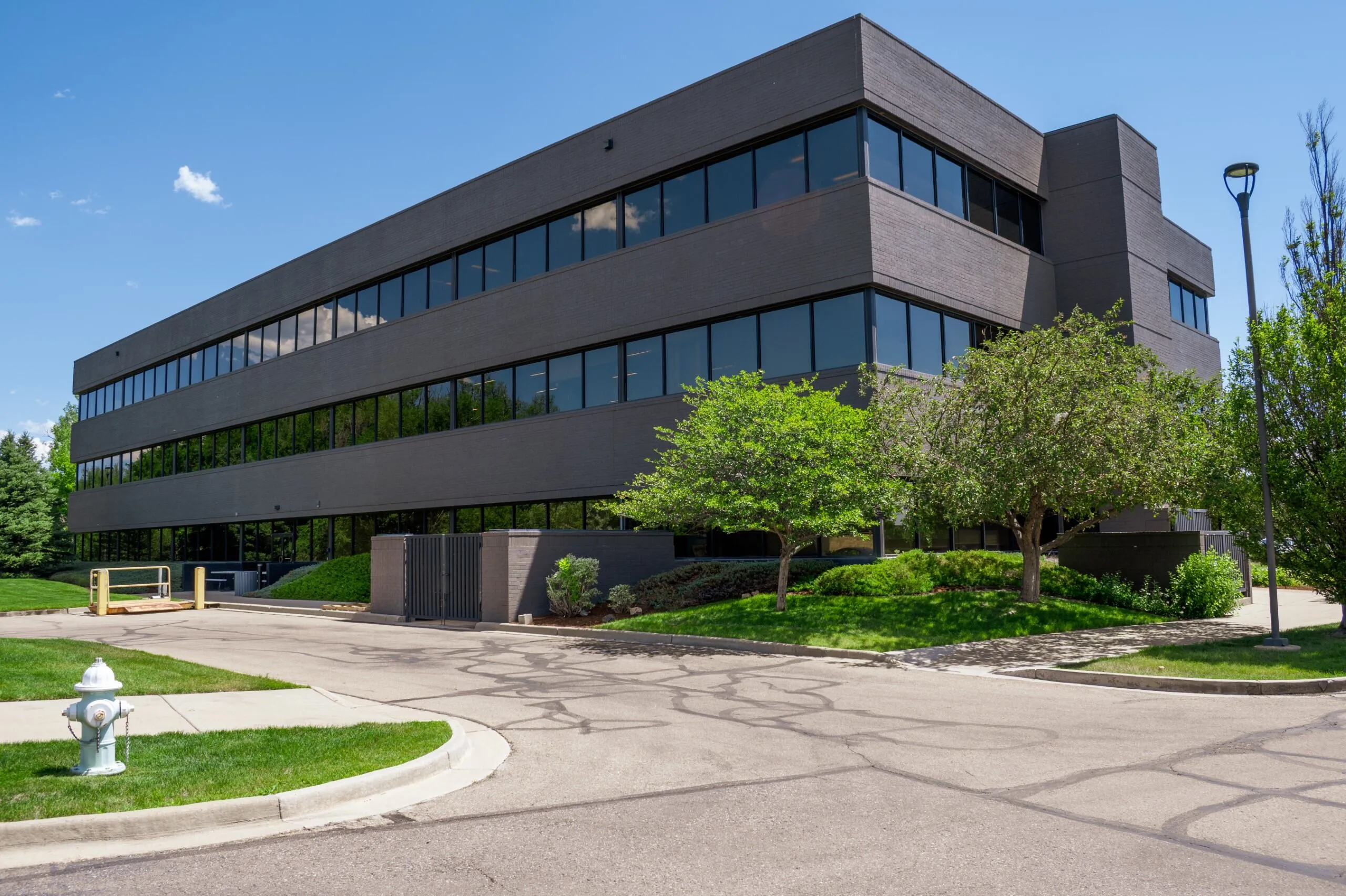Where will commercial real estate go in 2019?
“It ain’t what you don’t know that gets you into trouble. It’s what you know for sure that just ain’t so.” — Mark Twain
At Waypoint, we triangulate as many believable viewpoints as possible before answering questions. We fielded a lot of similar questions in 2018, and with some help from our friends, this article aims to answer a few of these questions and shine a light on the path our real estate market will travel in 2019.
How is our local economy doing, and what does this mean for commercial real…
THIS ARTICLE IS FOR SUBSCRIBERS ONLY
Continue reading for less than $3 per week!
Get a month of award-winning local business news, trends and insights
Access award-winning content today!




